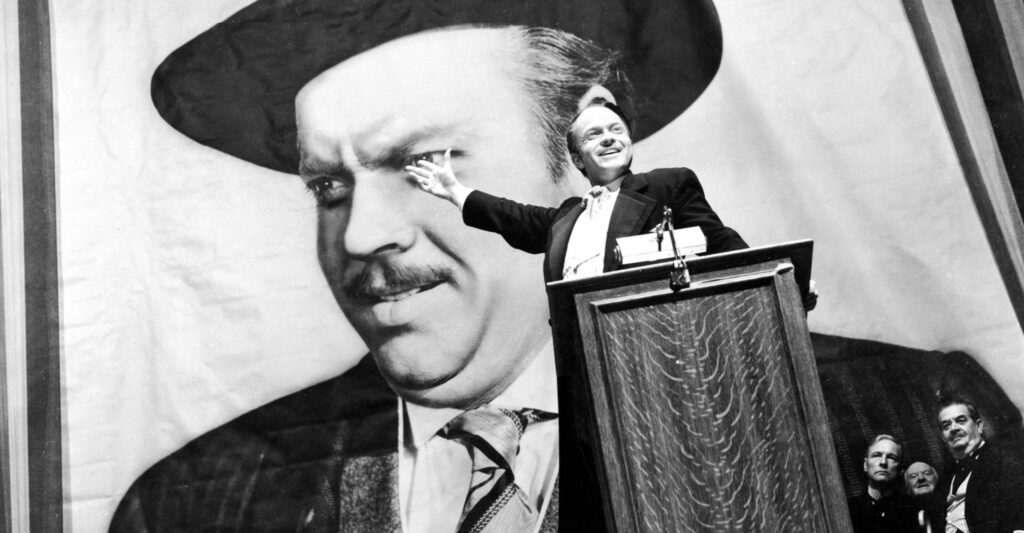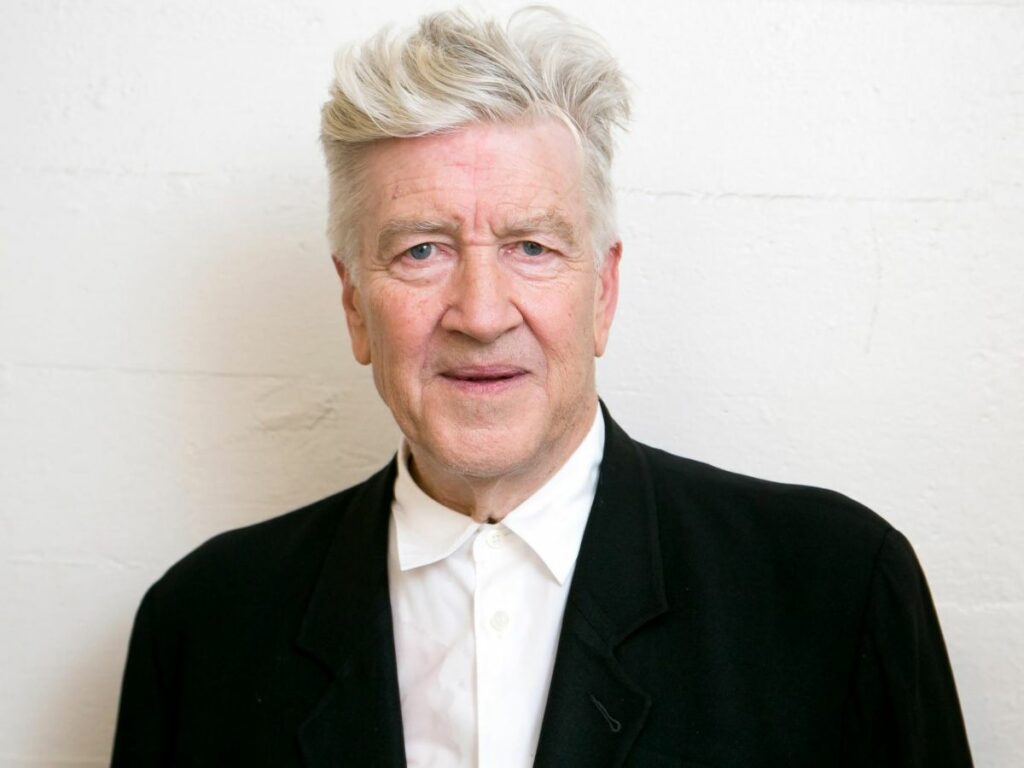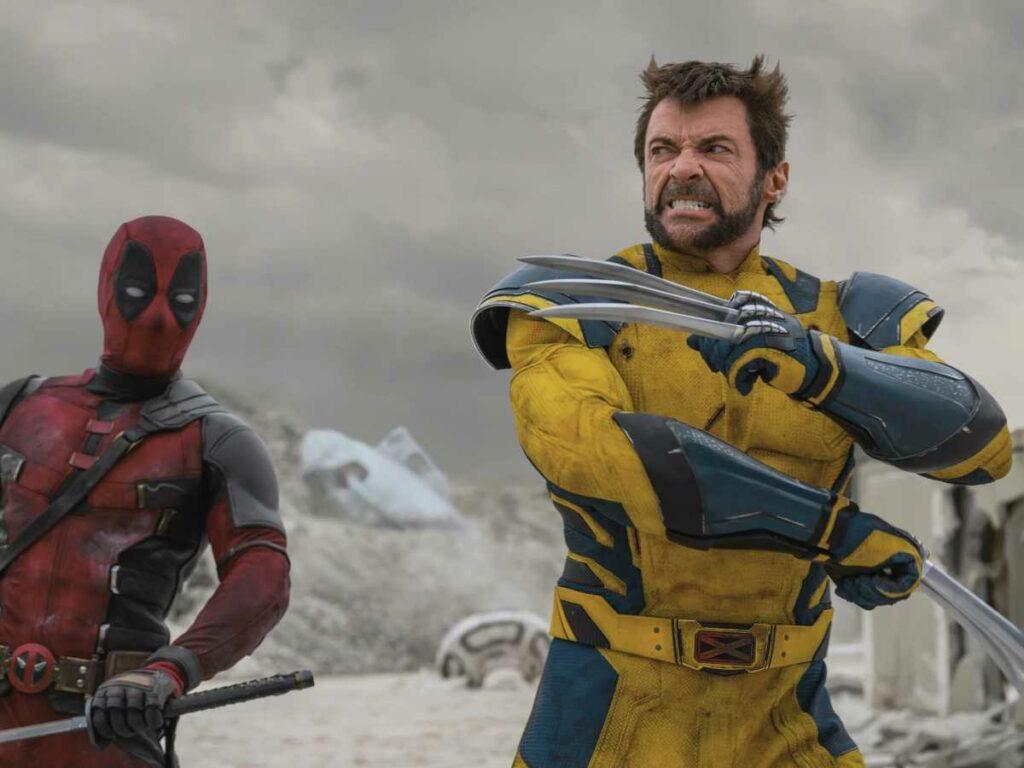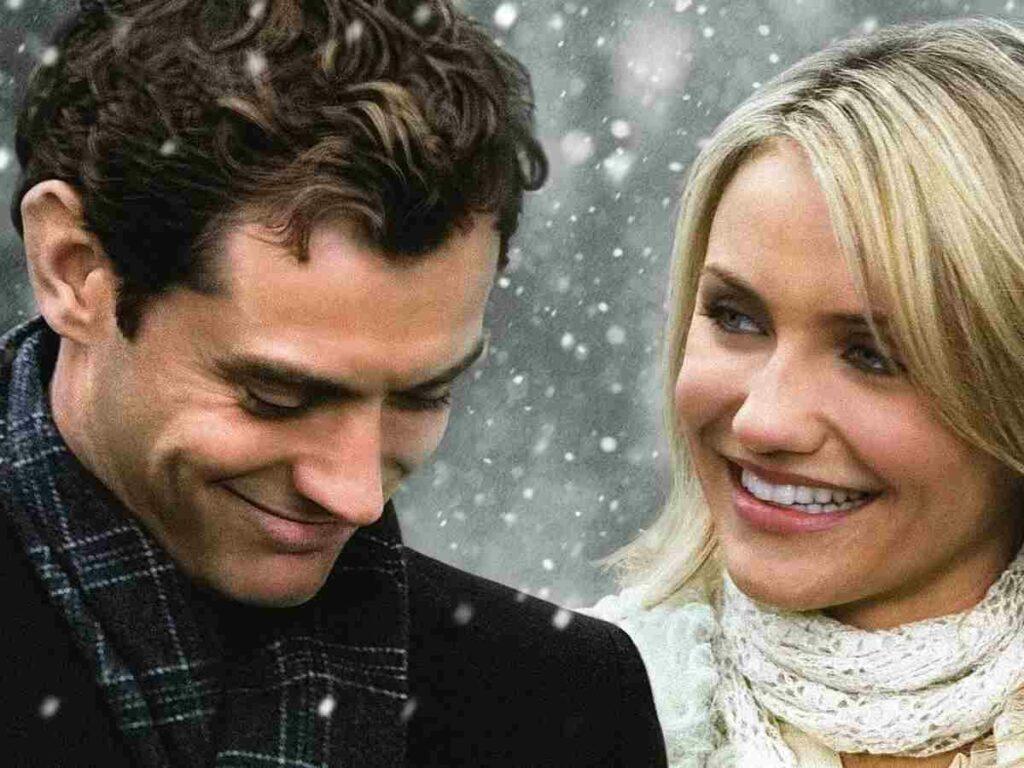One of the few gems of world cinema, Orson Welles’ Citizen Kane has set a benchmark for quality that all films should aspire for. From the doyens of Hollywood, like Martin Scorsese, Quentin Tarantino, Wes Anderson, Steven Spielberg, to contemporary French filmmaker Michel Hazanavicius of The Artist (2011) fame, all have paid visual homage to this timeless classic. But what’s the reason behind its immortality despite achieving a moderate box-office success?
The first is the non-linear narrative of the film. The style was innovative for its time. Secondly, Greg Toland’s masterful cinematography pioneered a trendsetting visual storytelling technique. Welles and Toland worked in harmony to maintain a consistent style and pattern that did justice to the period and scale that the narrative dealt with. The overall visual design of the film was extensively composed, planned and shot entirely in the RKO studio.

It’s worth mentioning that in late 1930s the increasing acceptance of Technicolor photography had inspired the development of a large selection of new lighting techniques. These techniques were applied to the black-and-white photography for Citizen Kane. Toland was successful in creating a distinctive and elegant visual ambience of the film that was in perfect sync with the mood of the story. Welles and Toland had utilized the cinematic tools of filmmaking to achieve meaning with style. As Scorcese said in an interview, Welles was not afraid of being self-conscious with the camera and making self-referential remarks with the equipment.
So, let’s delve into the various visual plans for Citizen Kane to understand how the cinematography enhanced the storytelling of the film.
Framing of the characters
When composing a shot, the first essential step for a cameraman is framing his subjects. Toland, after having years of experience working in Hollywood, understood the importance of framing like a pro. The meticulously composed shots of Citizen Kane are a glaring example of his creative acumen. The framing plays a significant role in heightening the mood of the film lending psychological depth to the characters.
Any discussion on the cinematography of Citizen Kane should begin with how Toland utilized deep focus cinematography within the narrative framework. Take the scene where Charles Foster Kane (Orson Welles), affronted by friend and colleague Leland’s (Joseph Cotten) review of Susan’s opera debut, fires him from the job, but finishes his review and prints it. The deep depth of field composition highlights the stretch and remoteness in their professional relationship.
To achieve perfection in their composition, the director-cinematographer duo went to the extent of cutting holes in the floors of their sets and had ceilings built so that they could use low camera setups more realistically. And the result was nothing less than phenomenal.
After losing the election Kane begins a new chapter in life. The low-angle composition gives the impression of a man subdued by his ego. Objects scattered on the floor and the banners hanging on the ceiling accentuate how his spirited decisions have taken a nosedive. It further gives the viewers a sense of his present vulnerable position.
On the other hand, high-angle shots have been used to give a sense of superiority to Kane’s achievements. When he is campaigning for the election at Madison Square Garden, framing him in a high-angle shot captures the confidence and conviction of his political ambition.
Toland also used blocking of the characters within the frame to express dramatic moments as well as heightening the conflict of the scene.
In this scene, the viewer is informed that Kane’s first wife Emily (Ruth Warrick), and Getty (Ray Collins), his political opponent, have discovered his extramarital affair. Getty threatens to expose Kane’s clandestine affair with Susan (Dorothy Comingore) in every newspaper. But Kane sticks to his gun and is convinced that, even if the story about him and Susan were to be published, he would still be elected Governor. The framing of Getty, Susan, Emily and Kane shot-wise displays how the choice made by each of these characters will affect their social status and acceptance.
Use of Lightning For Subtext
The precise use of lighting in Citizen Kane added a vital dimension to the narrative. In this context, the use of backlighting was an audacious approach. How often do we empathize with a character whose face is not visible to us? But Welles had decided to capture Jerry Thompson (William Alland) clouded in the shadow of silhouette. The creative reason behind the decision was that Jerry as a reporter was assigned to find out the meaning of “Rosebud”. And throughout the film, ‘Rosebud’ is treated as a MacGuffin and hence the lighting pattern adds a layer of mystery to the scene. It also gives the scene a greater sense of dramatic contrast.

Toland also uses the lighting style to showcase different stages of Kane’s life. In this scene from Kane’s New York newsroom, we see there is a strong white light cast on him. He is now an important decision-maker of all the choices of his life. So, he is bathed in hard light to make sure that the audience is focused on the protagonist and his status.
Whereas in this scene, after Susan has left Kane his vulnerability is revealed to everyone. In a fit of anger he destroys the room, where once his second wife used to reside. The choice to use low-key lighting allows the audience to empathize with Kane and his callow behaviour.
The Dramatic Use of Camera Movement
Camera movements in Citizen Kane open up cinematic space and help convey spatial, causal, and psychological relationships within the frame. Citizen Kane paved the way for making the camera movement a necessary staple in Hollywood cinema. The presence of the camera started to become visible and no longer remained a hidden entity of conventional framing. The viewers became aware of the camera. Greg Toland had used various camera movements to create a visual tapestry that is rich in ideas, conflicts and moments.
Citizen Kane begins with a smooth, graceful crane shot that takes viewers into Kane’s fortress Xanadu. As the camera travels we observe a gateway of gigantic proportions. The upward movement of the camera emphasizes the incredible domain of Charles Foster Kane. It symbolically allows us to participate in the adventurous world of the protagonist.
As the film ends, we have been provided with all the necessary information regarding the episodic journey of Kane. In this case, the crane shot marks the climax of the film with a flourish. It brings circularity to the story of the rise and fall of an iconic character of world cinema.
Whereas in the scene of Kane’s separation from his parents, Toland uses a long take shot. The camera tracks back all the way to include the four characters within the frame. The little Kane is framed in the background like a trapped soul due to decisions made by his parents and Thatcher (George Coulouris) in the foreground. This scene is also an example of the creative amalgamation of camera movement and deep-focus cinematography. It’s also a perfect example of mise-en-scène in film.
Toland has also used the camera as a tool for transition. In the scene at the breakfast table he uses a swiss pan to display that several years have elapsed in the married life of Kane and Emily. In the beginning, both of them share closeness. Later they have positioned themselves away from one another signifying the distance that has developed in their relationship.
Special Effects To Simulate Images
Due to budgetary constraints Toland was compelled to use a number of special effects in Citizen Kane to amplify the visual style of the film. He took the help of optical effects to achieve a level of authenticity within the scenes. The use of such effects had more to do with the aesthetic and adornment of the images. It didn’t carry much creative implication.
In this scene, Susan performs for the first time after her marriage to Kane. As the camera moves up, the miniature buildings are placed in the background to magnify the height as the camera reaches the rafters.
Certain locations and sets had to be created using matte paintings that allowed the illusion of an environment. Some of the shots where matte paintings were used:
The lonely castle in the opening and closing shots of the film
The building for the Inquirer
The hospital under the bridge, where Leland is located
The massive doorways and windows inside Xanadu
The sweeping shot of Kane giving his campaign speech is composed of a matte painting of the audience and footage of the stage taken from the following shot.
Some more on the use of special effects in Citizen Kane in the video below:
Conclusion
With Citizen Kane, Greg Toland introduced Hollywood to the creative potential of cinematography techniques and style. His innovative use of the camera imparted a riveting quality to the texture and feel of the film. He is perhaps the greatest ever cinematographer who revolutionized prevailing aesthetics in world cinema. Without his contribution, the legendary status of Citizen Kane in the history of cinema would have been questionable.




